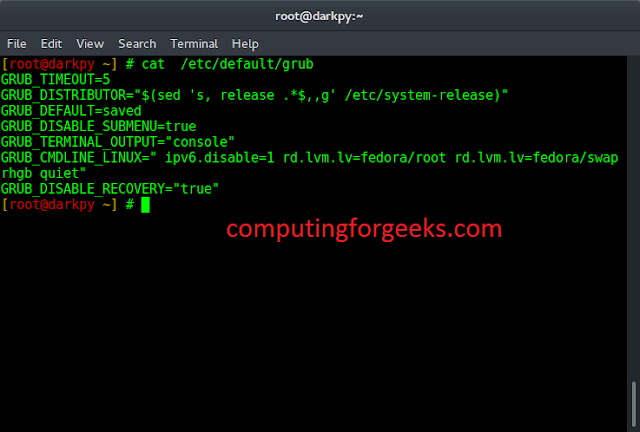We have discussed Dynamic Programming solution for Longest Increasing Subsequence problem in this post and a O(nLogn) solution in this post. Following are commonly asked variations of the standard LIS problem.
1. Building Bridges: Consider a 2-D map with a horizontal river passing through its center. There are n cities on the southern bank with x-coordinates a(1) … a(n) and n cities on the northern bank with x-coordinates b(1) … b(n). You want to connect as many north-south pairs of cities as possible with bridges such that no two bridges cross. When connecting cities, you can only connect city i on the northern bank to city i on the southern bank.
8 1 4 3 5 2 6 7 <---- Cities on the other bank of river----> -------------------------------------------- <--------------- River---------------> -------------------------------------------- 1 2 3 4 5 6 7 8 <------- Cities on one bank of river------->
Source: Dynamic Programming Practice Problems. The link also has well explained solution for the problem.
The solution for this problem has been published here.
2. Maximum Sum Increasing Subsequence: Given an array of n positive integers. Write a program to find the maximum sum subsequence of the given array such that the integers in the subsequence are sorted in increasing order. For example, if input is {1, 101, 2, 3, 100, 4, 5}, then output should be {1, 2, 3, 100}. The solution to this problem has been published here.
3. The Longest Chain You are given pairs of numbers. In a pair, the first number is smaller with respect to the second number. Suppose you have two sets (a, b) and (c, d), the second set can follow the first set if b < c. So you can form a long chain in the similar fashion. Find the longest chain which can be formed. The solution to this problem has been published here.
4. Box Stacking You are given a set of n types of rectangular 3-D boxes, where the i^th box has height h(i), width w(i) and depth d(i) (all real numbers). You want to create a stack of boxes which is as tall as possible, but you can only stack a box on top of another box if the dimensions of the 2-D base of the lower box are each strictly larger than those of the 2-D base of the higher box. Of course, you can rotate a box so that any side functions as its base. It is also allowable to use multiple instances of the same type of box.
Source: Dynamic Programming Practice Problems. The link also has well explained solution for the problem.
Please write comments if you find anything incorrect, or you want to share more information about the topic discussed above.
Ready to dive in? Explore our Free Demo Content and join our DSA course, trusted by over 100,000 neveropen!




